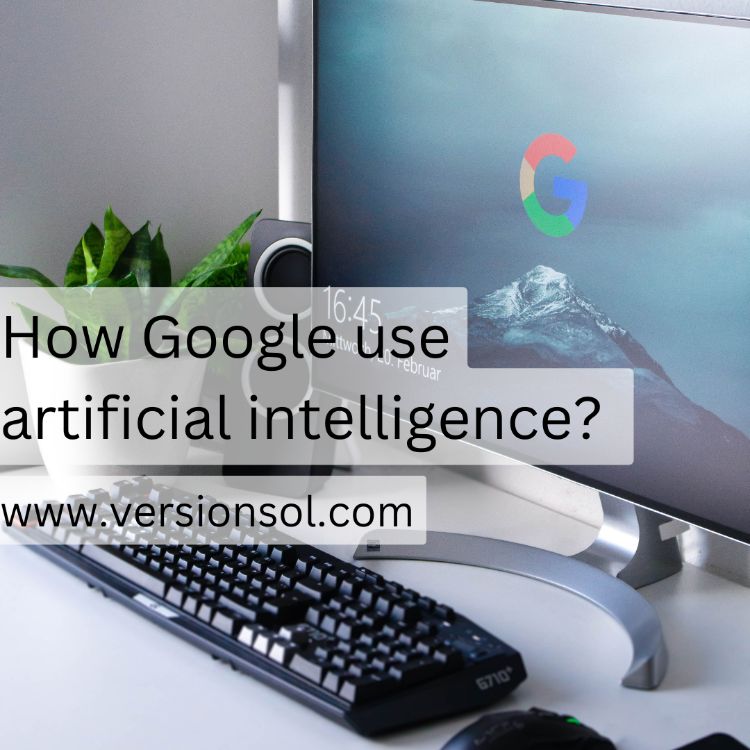A tech giant called Google offers a variety of additional goods and services in addition to its well-known search engine. Google Search, Google Earth, Google Translate, Cloud Storage, and Google Photos are some of the company’s most well-known goods and services. Many of Google’s products and services incorporate ai technology, which the company also develops. Google employs AI in numerous different contexts. we will discuss some important points on how google uses ai to store and access data.
How Google uses artificial intelligence
Google Search Engine
Google’s search engine uses ai systems and models to understand and answer user requests. It manages this by employing machine learning techniques to discover pertinent search queries and comprehend the meaning of words and phrases.
Web Assistant
Google Assistant is another great product of google. It is a digital assistant, that comprehends and responds to user queries. It is capable of carrying out a variety of tasks, including answering queries, creating alerts, and managing connected devices.
Google Translator
To transcribe text from one language to another, Google Translate uses artificial intelligence. It employs machine learning algorithms to comprehend term and sentence meanings and provide precise, grammatically correct transcripts.
Google Images
Google photos automatically organize images or other data using artificial intelligence in Google Photos. It can identify people, creatures, and things in your images, and it can even use your photos and videos to make quick comics and films.
Related: Green Computing
Google Maps
In order to deliver legitimate traffic information and suggest the best paths to your location, Google Maps makes use of ai technology. Using current traffic situations, it can also estimate the time it will take you to arrive at the location.
How does google use ai to manage data?
Classification of information
Data can be automatically categorized and arranged using AI based on specific traits or trends. For instance, Google Photos utilizes AI to categorize images based on the things, characters, or settings they portray.
Data evaluation
Data analysis is the process of looking at and analyzing data to get valuable insights and make decisions. It may entail data preparation and organization, data visualization, and data analysis employing statistical or machine learning methods. Data analysis can be carried out using a variety of tools and methods, such as statistical software, spreadsheet applications, and machine learning platforms. In particular, machine learning and artificial intelligence (AI) have grown in significance for data analysis as they enable businesses to process and analyze huge, complicated information and derive insights more rapidly and accurately than is achievable with manual processes. Numerous industries, including business, finance, science, and healthcare, use data analysis. It can assist businesses in improving decision-making, streamlining operations, enhancing client experiences, and gaining a competitive edge.
Data protection
AI can be helpful to track data activity and spotting odd trends that can point to a security problem. Google, for instance, use AI to recognize and block spam emails or to recognize and stop online threats.
Data forecast
Data prediction is the technique of forecasting events or strategies using data prediction. It is a typical usage of artificial intelligence and machine learning (AI) and may be applied in a number of industries, notably marketing, banking, and medicine. Using records, AI can forecast incidents or movements in the future. For instance, Google use AI to forecast driving patterns and suggest the best ways for Google Maps clients. Data scientists and machine learning engineers frequently employ a range of methods, such as classifiers, model identification, and cross-validation, in order to create accurate results. Additionally, experts might combine the results of other systems’ judgments to increase the prediction’s average precision. Data prediction can be used for a variety of purposes, including projecting sales volume, discovering new buyers, and predicting stock values. Organizations can use it to improve decision-making, streamline processes, and establish long-term plans.
